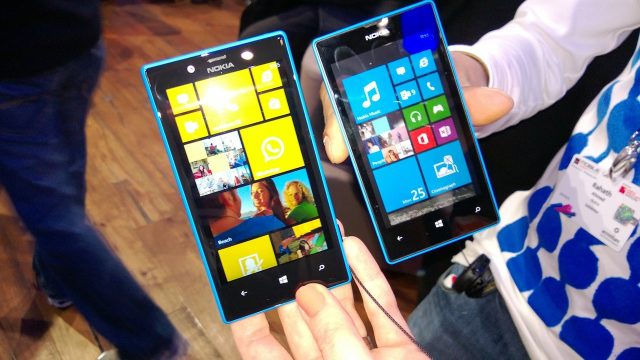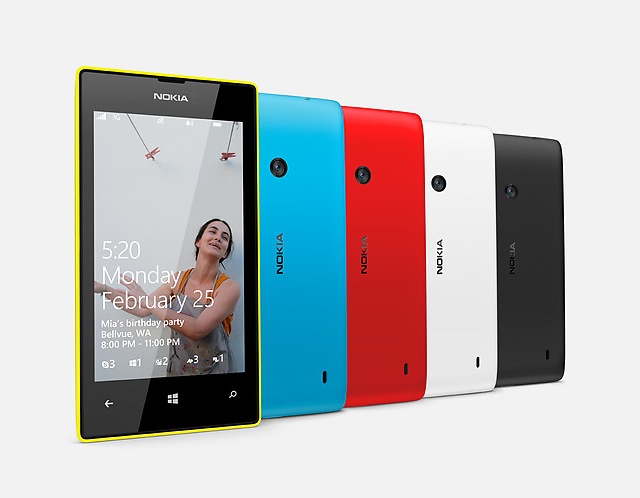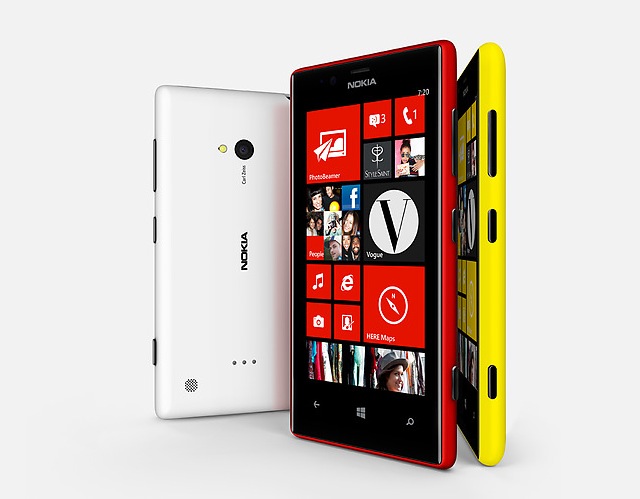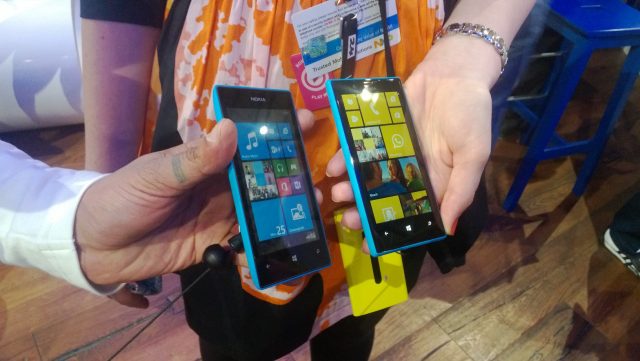
We knew Nokia was planning to go low-end with the phones it announced at MWC. How low-end? €139, with the new low end Lumia 520, and €249 with the mid-range Lumia 720.
Though both sets are near the bottom of Nokia's Lumia range, the company nonetheless wants them to be seen as aspirational devices. The handsets retain the Lumia range's trademark bright colors and cushion shape, and have more than a little visual similarity to their more expensive siblings.

On the inside, the 520 is a pretty barebones Windows Phone 8 device. A 1GHz dual core processor, 512MB RAM, 8GB of flash, with a 5MP camera and a microSD slot. There's no front-facing camera, no NFC, no flash for the camera; most of the things that Microsoft makes optional in the Windows Phone platform have been opted out of. It doesn't even have a two-stage camera button.
In the hand, it feels lightweight, though not flimsy. The screen—4", 800×480— is bright and clear enough, but its blacks looked decidedly gray, even when I had it set to the lowest brightness.
The main target with this device is emerging markets in Asia, Europe, and South America. Unsurprisingly, given this purpose, it doesn't have LTE support. Surprisingly, in spite of this, T-Mobile in the US plans to sell it. It will launch in Hong Kong and Vietnam this quarter, before rolling out more widely next quarter.

The 720 is a more capable device. It adds NFC, the screen size goes up to 4.3"—and looks much better, though it remains 800×480—the camera is 6.7MP, with a flash and two-stage button, and it also has a front-facing camera. With a replacement shell, it supports wireless charging.
It's Nokia's first unibody-style phone to include microSD. The card slot is behind a cover that can only be opened with the SIM removal tool. This makes cards annoying to replace, but with most users simply sticking a card in and leaving it there as a permanent storage extension, it works well enough.
The form factor feels very good. It's light and comfortable, and retains the quality feel that the other Lumias have. With a higher spec, in particular a better screen resolution, this would be the must-have Lumia.
The 720 will be available in Hong Kong, Singapore, and Vietnam this quarter, and in markets throughout Asia, Europe, and South America next quarter.

To audiences used to reading about, and buying, the latest cutting edge smartphones, both the 520 and 720 may seem unexciting. They aren't high spec devices, and the screen of the 520 in particular shows where costs have been cut.
But there's a whole wide world of people who can't afford an iPhone 5 or other high-end phones. This point was demonstrated by a pair of non-smartphones that Nokia also announced. The Nokia 105 and 301 both borrow Lumia-esque styling, albeit in a traditional dumbphone candy bar form factor, but are considerably cheaper than the Lumias. The 105 will cost just €15. In these markets the Nokia name still has recognition and cachet, which could give the Finnish company the edge over cut-price Android handsets from Asia.
reader comments
36